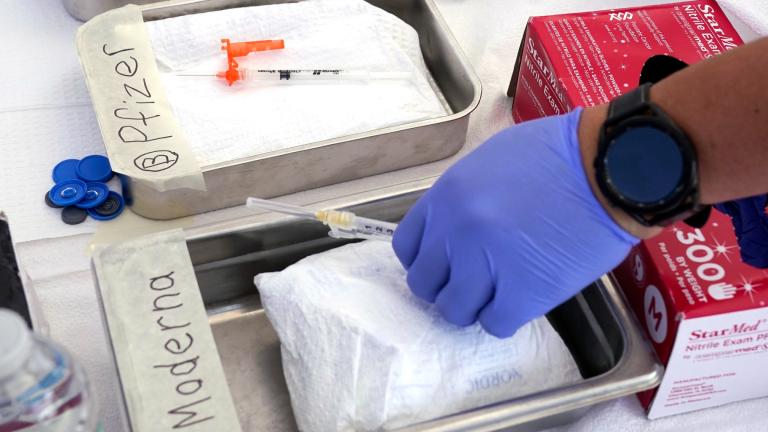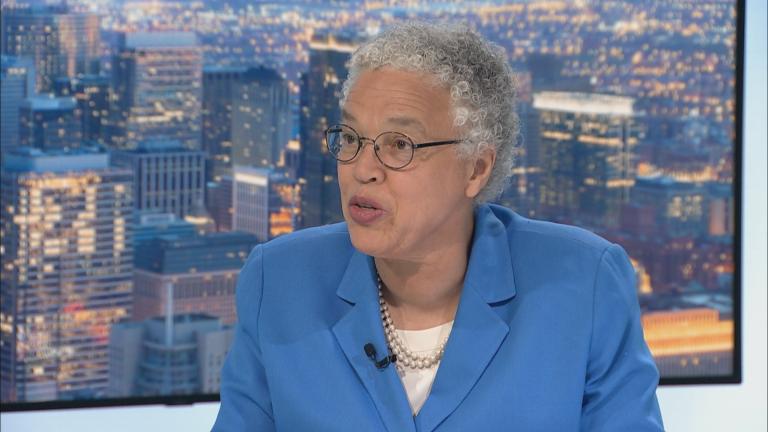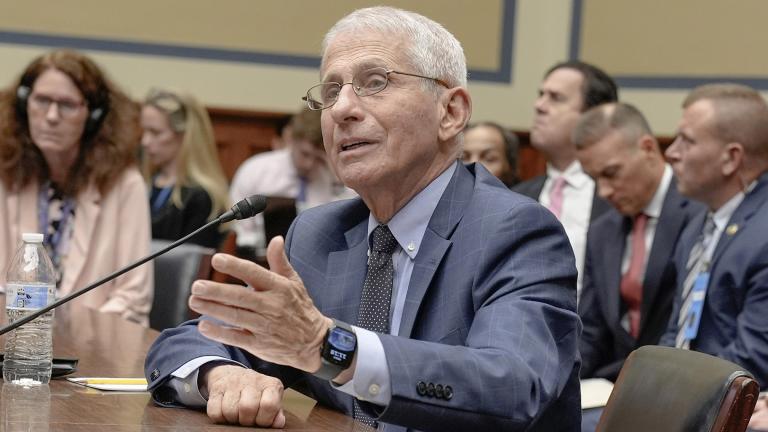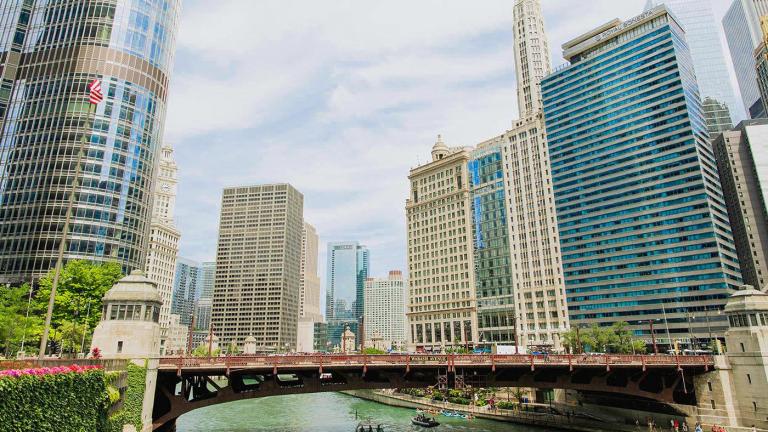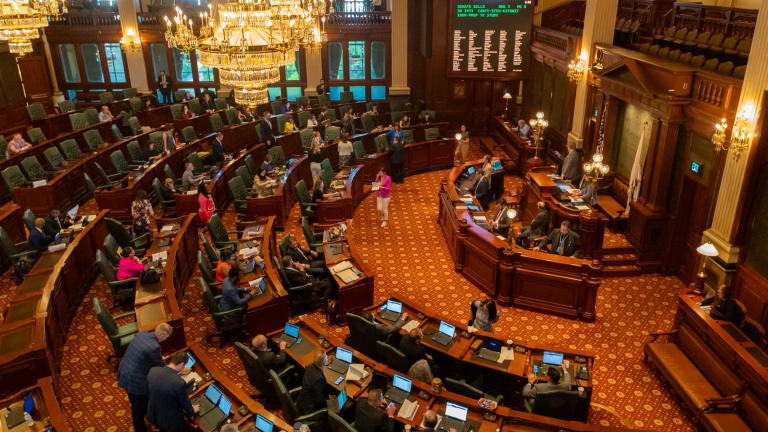An anticipated coronavirus aid bill that would replenish a multibillion-dollar fund aimed at helping small businesses keep workers on their payrolls failed to materialize Monday.
On Sunday, President Donald Trump and Treasury Secretary Steven Mnuchin said a deal to put more money into the Paycheck Protection Program was close. The initial plan blew through $349 billion in just 13 days as of Thursday.
Paycheck Protection loans give businesses approximately eight weeks’ worth of funds for payroll and other fixed expenses such as rent and utility payments.
Senate Majority Leader Mitch McConnell (R-Kentucky) said that Republicans and Democrats would resume negotiations Tuesday. The pending deal is expected to infuse roughly another $300 billion into the program.
One issue that has arisen is an apparent loophole that allows hotel and restaurant chains to access money that is supposed to be aiding small businesses. After facing scrutiny, burger chain Shake Shack said it will return $10 million it got from the fund. The chain and other large businesses were able to get money through the program because small businesses are defined by the original coronavirus stimulus bill as any company with fewer than 500 workers at a single location.
Benjamin Jones, a professor of economics at Northwestern University’s Kellogg School of Management and a former senior economist for the White House Council of Economic Advisers from 2010 to 2011, said the question of whether the aid money is being well targeted is crucial.
“Are we targeting it or are we just giving a really nice deal to people who happened to get to the front of the line?” said Jones. “I think it is probably more of the latter. My sense is that it is quite poorly targeted. Well motivated but not well targeted.”
Lotika Pai, managing director of access to capital at the Women’s Business Development Center, which provides advice and loans to small businesses, said that most of the business owners she works with had tried but failed to access the Paycheck Protection Program. She fears that some small businesses will not survive the pandemic.
“It’s been a very heartbreaking couple of weeks for us,” said Pai. She notes that many small businesses from moderate to low income communities that she serves did not immediately have all of the financial information needed for the application process.
“By the time they were ready to access funding a lot of the funds had already been allocated,” said Pai.
A JPMorgan executive told NBC over the weekend that it received more than 60,000 applications for Paycheck Protection loans and that the fund ran dry within minutes of the online application portal going live.
And Pai notes that a lot of small businesses in vulnerable communities lack strong banking relationships.
“The big banks are the gatekeepers and a lot of really vulnerable small businesses don’t even have business banking accounts,” said Pai, who predicts “a very long economic hangover” once the pandemic passes.
While both Democrats and Republicans are willing to put billions into the coming aid package, the scale of the problem is such that even huge sums of money constitute a temporary fix.
“It’s a Band-Aid on the wound but the wound is still festering and unless we solve the underlying problem there is no reason to think that two months (of Payroll Protection money) is going to be enough,” said Jones. “We are in an untenable conflict between public health protection and economic protection and right now our policy choices are terrible. What are you supposed to do? You either have a lot of people die or you really create a lot of economic pain.”
Jones says the only way to avoid such a difficult choice is to innovate your way out of the problem.
“Unless there are innovative solutions then we are just going to keep on going back to Congress for more money,” he said. And that would mean the Federal Reserve would have to print large amounts of money “with long-term consequences.”
“The way I look at it, we are maybe bleeding about $18 billion in GDP every day things are shut down,” said Jones. “If you spend $10 billion on innovative solutions and that brings the solution forward by just one day it pays for itself.”


